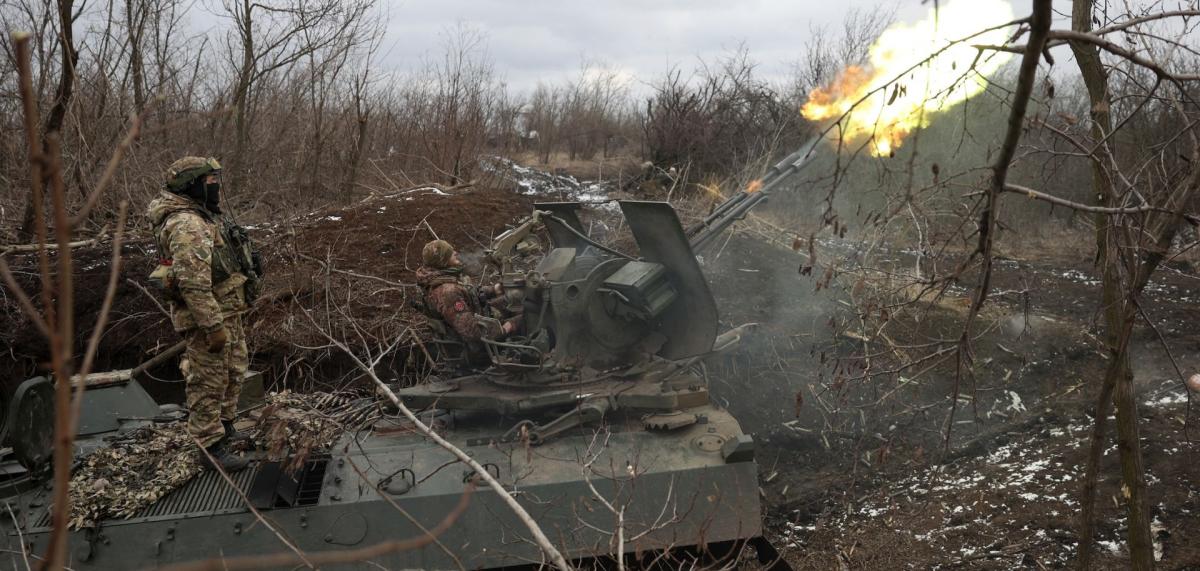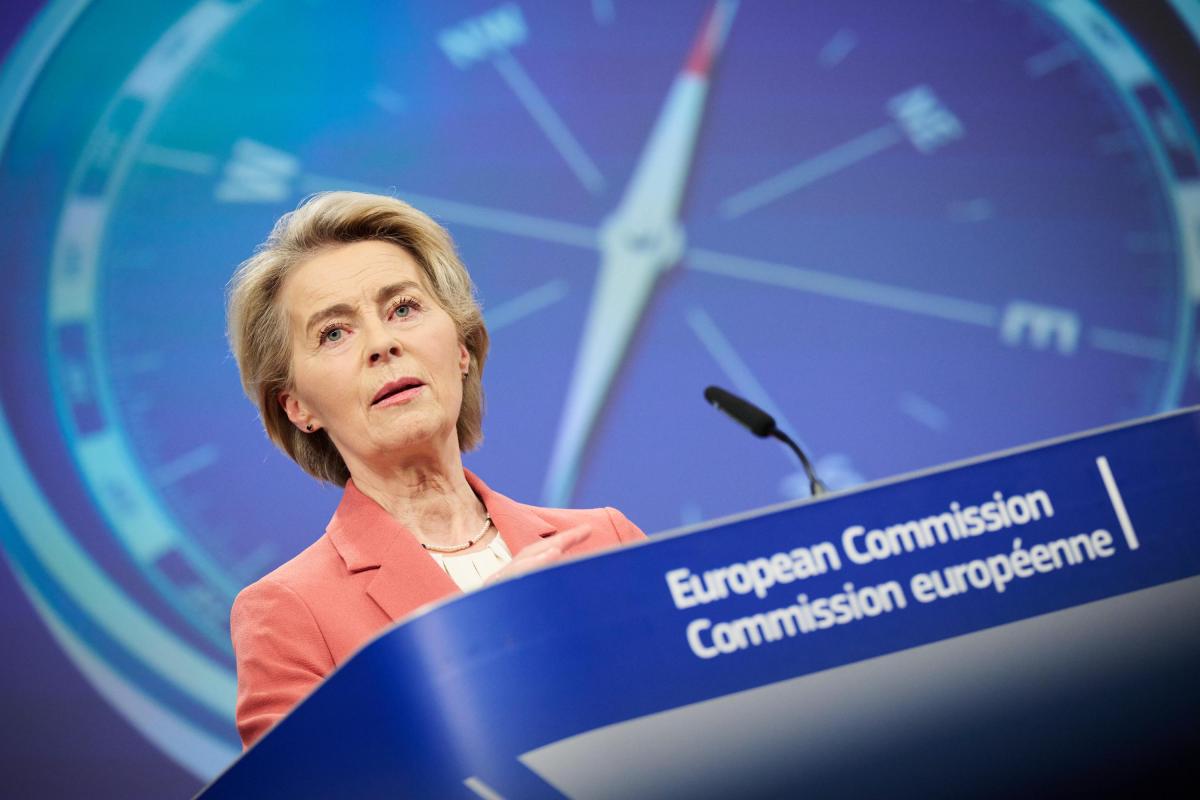
A thousand days of war have passed since Russia launched its full-scale invasion of Ukraine on February 24, 2022 – a brutal and illegal act of aggression against a sovereign and independent state. In truth, the conflict began in 2014, when Russia illegally annexed Crimea, but the escalation in 2022 marked a watershed moment that shattered the post-World War II security architecture and forced a re-evaluation of international norms enshrined in the United Nations (UN) Charter.
On 19 November 2024, Ukraine and its people remain resilient, fighting valiantly for their freedom and sovereignty against an unprovoked aggressor. Contrary to the Kremlin's initial plan for a swift occupation and installation of a puppet government, Ukraine has defied expectations, liberating roughly 50% of the territory occupied since the start of the invasion. Equally unexpected was the global response.
Global Support for Ukraine
The international community has overwhelmingly condemned Russia's actions. On 1 March 2022, 151 UN member states voted to denounce Russia's invasion, followed by six subsequent resolutions deploring Moscow’s actions. A historic step towards peace occurred in June 2024, when 80 nations and international organisations signed a Joint Communiqué on a Peace Framework during the Ukraine Peace Summit in Switzerland.
Despite these diplomatic strides, the situation on the ground remains dire. Russia continues to target Ukraine's civilian infrastructure and energy systems with relentless missile and drone attacks. Since February 2022, an estimated 90,000 missiles and 14,000 drones have struck Ukrainian territory, underscoring the brutality of Russia's strategy.
Western Support: Unprecedented but Insufficient
The European Union (EU) and the United States (U.S.) have emerged as Ukraine’s primary supporters, providing over €200 billion in military, economic, financial, and humanitarian aid. This commitment has enabled Ukraine to exercise its right to self-defence under Article 51 of the UN Charter effectively. Military aid has included:
- 800+ battle tanks
- 120+ anti-aircraft missile systems
- 100+ multiple launch rocket systems
- 800+ howitzers
In addition, around 120,000 Ukrainian soldiers have received training. Both the EU and the U.S. have also ramped up defence production, aiming to produce 1.5 million rounds of ammunition annually through the NATO Defence Production Action Capacity.
Challenges in Sustaining Support
Despite these efforts, significant shortcomings remain:
- Insufficient Training: Ukrainian soldiers often receive only a few weeks of training, far less than the 22 weeks provided to UK infantry during World War II—insufficient for mastering advanced military technologies.
- Political Divisions: Hungary’s opposition to military aid and its veto of several EU measures highlight the fragility of political unity within the bloc.
- Shifting U.S. Policy: The Trump administration has pledged to end the war in 24 hours and will signal reduced military support compared to the Biden administration.
- Industrial Limitations: Europe’s defence industry, weakened by decades of underinvestment, lacks the capacity to sustain a wartime economy. Member States’ fragmented procurement processes and mutual mistrust further hinder efforts to consolidate a robust EU defence industry.
The Future of European Security
The war in Ukraine represents a critical juncture for European security and the international rules-based order. The EU and the U.S. must redouble their efforts to provide Ukraine with the tools it needs to prevail, maintaining a united and strategic approach.
Failure to sustain Western unity would have far-reaching consequences, altering the security landscape of Europe and undermining the principles of sovereignty and democracy that underpin global stability. As the war continues, the West must rise to meet this moment, reaffirming its commitment to Ukraine and the broader ideals of freedom and democracy.

Davide Genini is a PhD candidate in EU Law at Dublin City University specialising in European security law.



